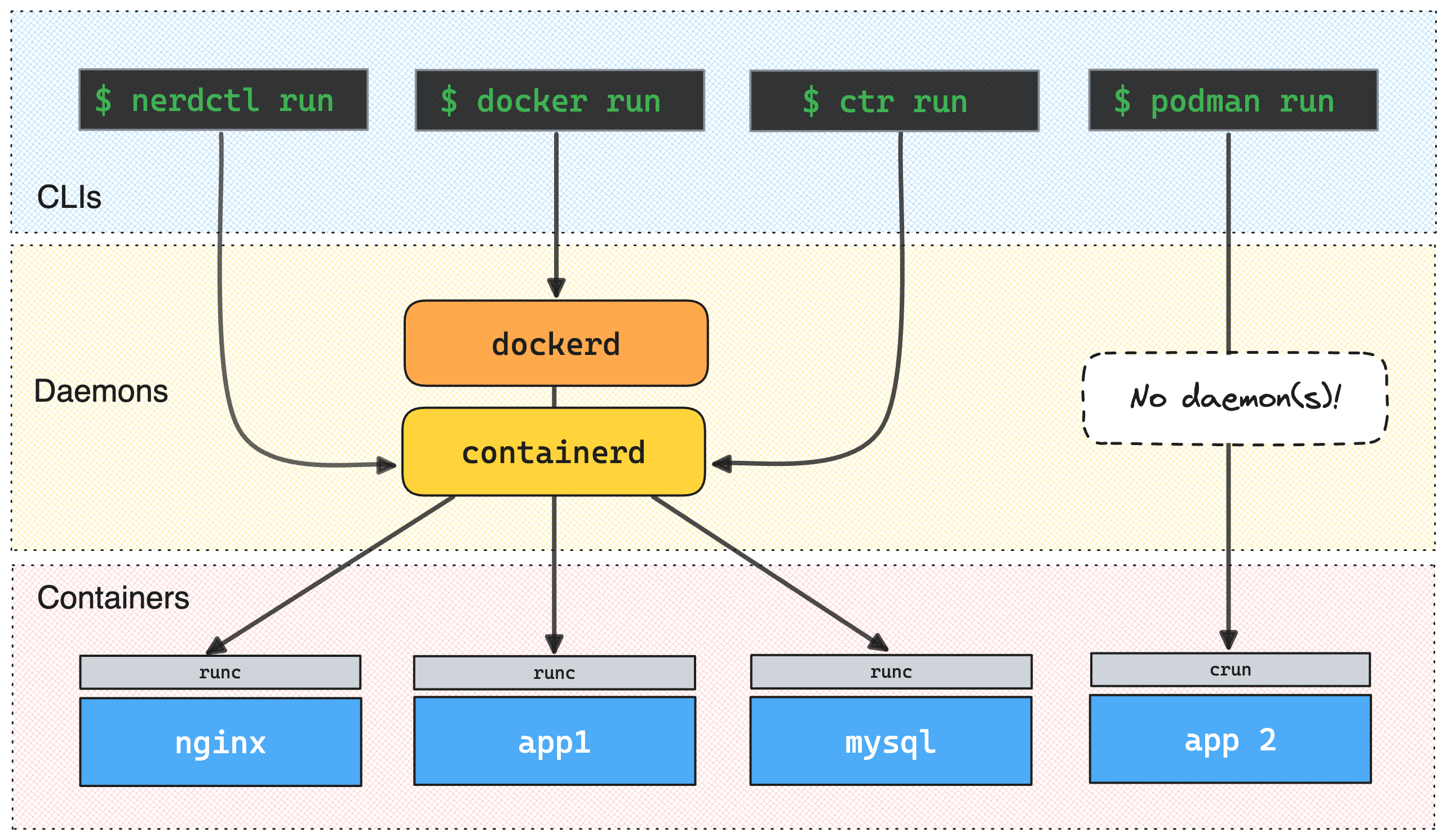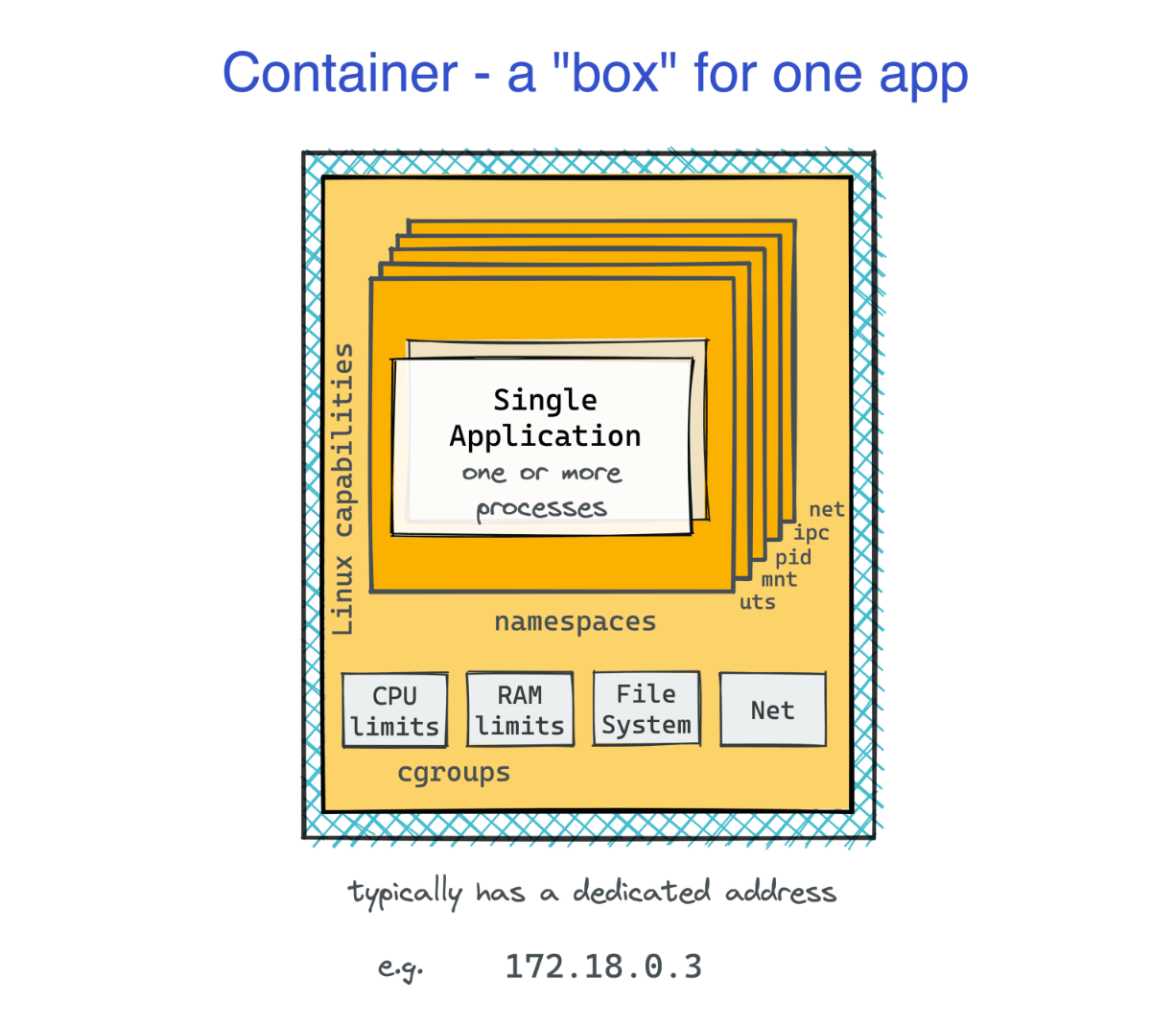This sample material serves as a guide on how to author challenges on iximiuz Labs. You can find the source of this document on GitHub. Feel free to use it as a starting point for your own challenges.
What is a Challenge on iximiuz Labs?
Challenges are focused hands-on problems designed to help the learner hone their DevOps or Server Side skills. While tutorials are more about explaining concepts, challenges are about applying those concepts. Some challenges can be more educational, while others can be based on real-world scenarios. Challenges must have automated solution checks and can provide hints and feedback based on user's actions in the playground.
Can I add a Solution to the Challenge?
Yes, but please don't place it in the challenge's index.md file.
Instead, create a new file in the challenge's directory named solution.md
(or solution-01.md, solution-02.md, etc. if the challenge has multiple solutions) and place the solution there.
This way, you won't "spoil" the challenge for those learners who prefer to solve it on their own.
How to Author a Challenge
From the authoring perspective, the process is rather similar to authoring tutorials. Refer to the comprehensive tutorial authoring guide to learn how to author content on iximiuz Labs. The main difference between a tutorial and a challenge is semantic:
- A tutorial explains concepts and provides a guided walkthrough.
- A challenge expects the learner to apply concepts.
Similar to tutorials, challenges can be started and completed by authenticated users. However, the completion of a challenge is checked automatically in the background, so the user doesn't need to mark the challenge as completed manually when all tasks are accomplished.
Example Challenge
In this challenge, you will need to perform the most fundamental Docker operation - start a container.

You can use any container image you like,
but we recommend choosing a long-running container (e.g., nginx)
because to complete this challenge you will also need to inspect the running container and answer a few questions about it.
Hint 1 💡
It's an easy one - docker --help is your friend.
To keep track of containers, Docker assigns a unique ID to each of them. Can you find the ID of the container that you've just started?
Hint 2 💡
Same advice as in the previous hint - docker --help is your friend 😉
Now, when you have a running container, let's try to understand what it actually is.
Did you know that Docker containers are "just" Linux processes? Can you locate the main container's process? What is its PID?
Hint 3 💡
If containers are regular Linux processes, will they show up in ps or top output? 🤔
Hint 4 💡
Entered a PID of a process that definitely belongs to the container, but the solution checker doesn't accept it? One of the key Docker design principles is to run one service per container. However, it doesn't mean that every container will have only one process inside. Actually, more often than not, you'll find a whole process tree inside a container. Try identifying the root process of that tree. That's what the checker expects.
Hint 5 💡
Still having trouble?
You can always fall back to docker inspect to cross-check your findings.
Approximating containers to regular Linux processes is helpful, but it's not very accurate. Thinking of containers as of boxes for processes might be even more helpful at times.

From inside the box, it may look like the containerized app is running on its own machine. In particular, such a virtualized environment will have its own network interface and an IP address. Can you find the IP address of the container that you've just started?
Hint 6 💡
There are many ways to find the container IP address.
If you're a Linux guru, you can try your luck with ip netns and ip addr.
Hint 7 💡
Don't feel comfortable messing with Linux network namespaces?
You can always use the docker inspect command to find the container IP address.
Level up your Server Side game — Join 20,000 engineers who receive insightful learning materials straight to their inbox